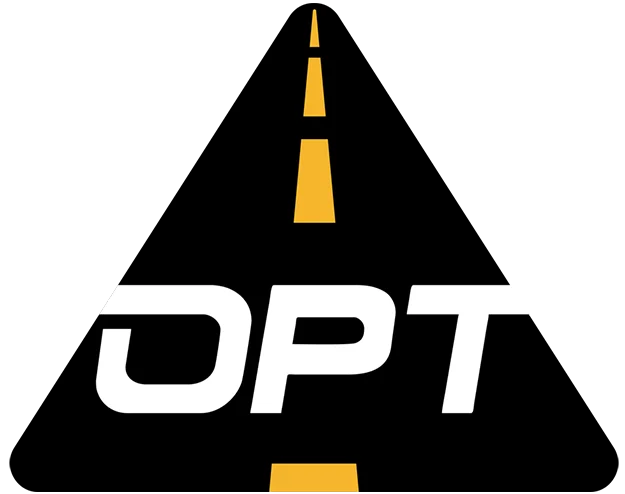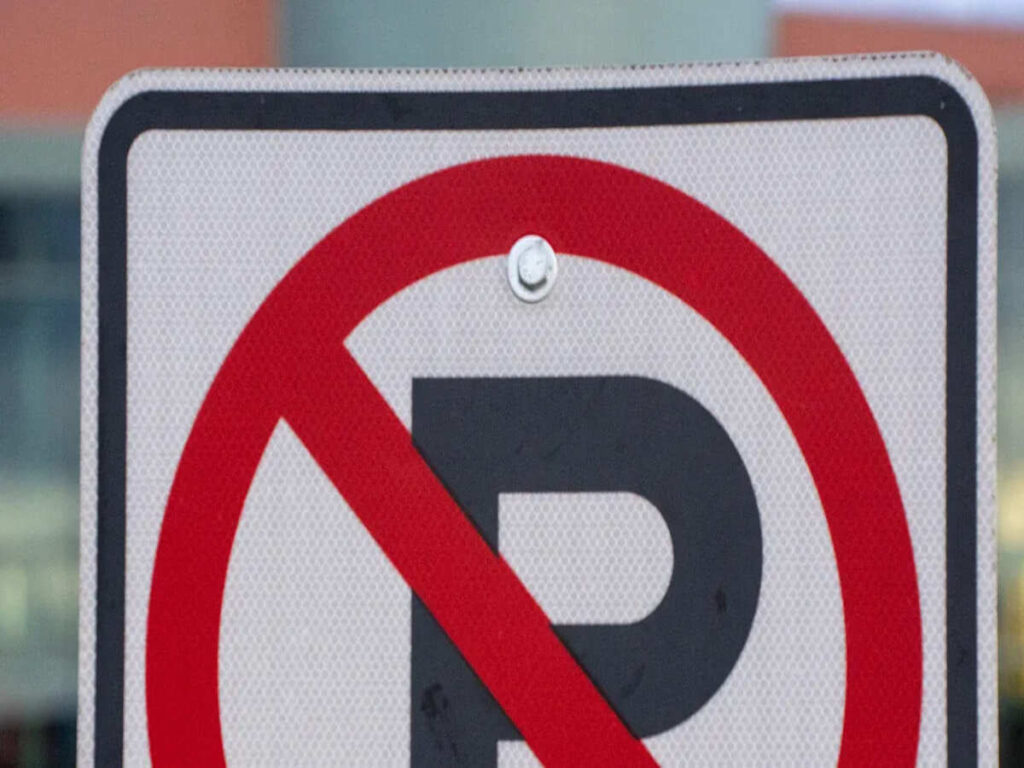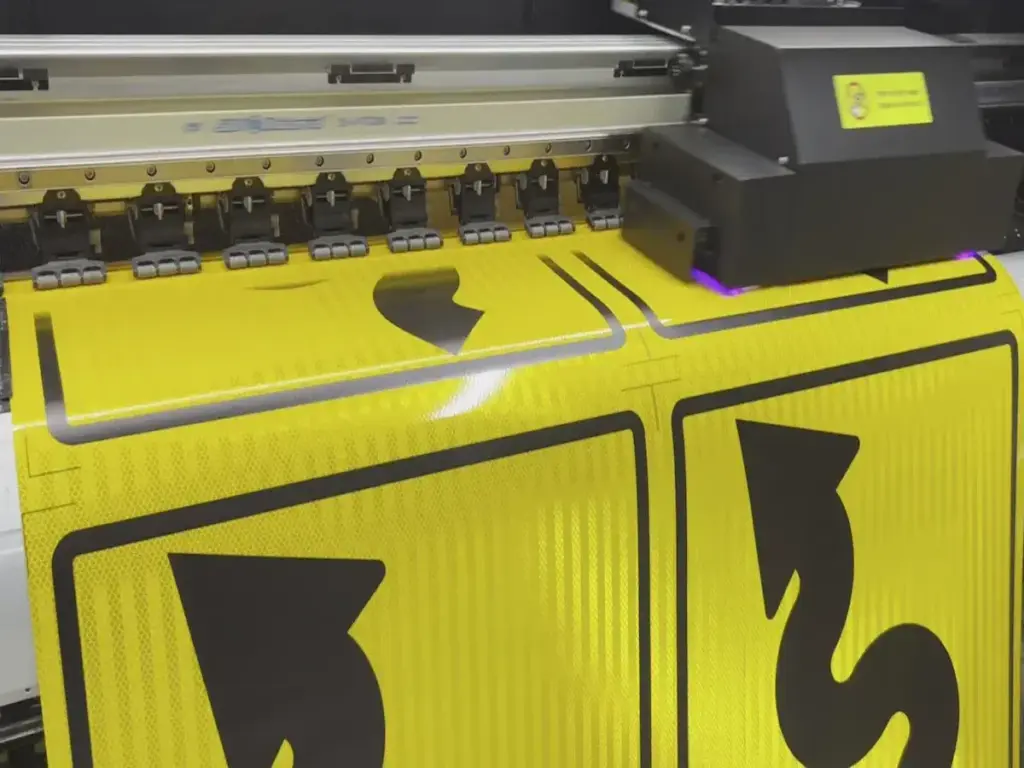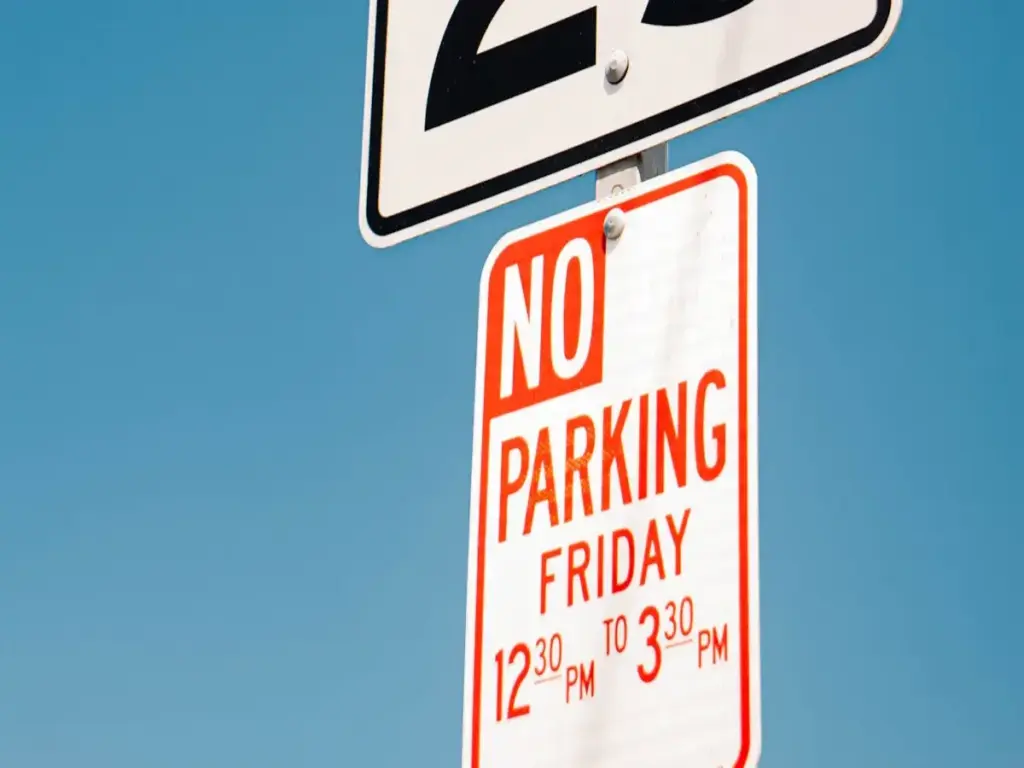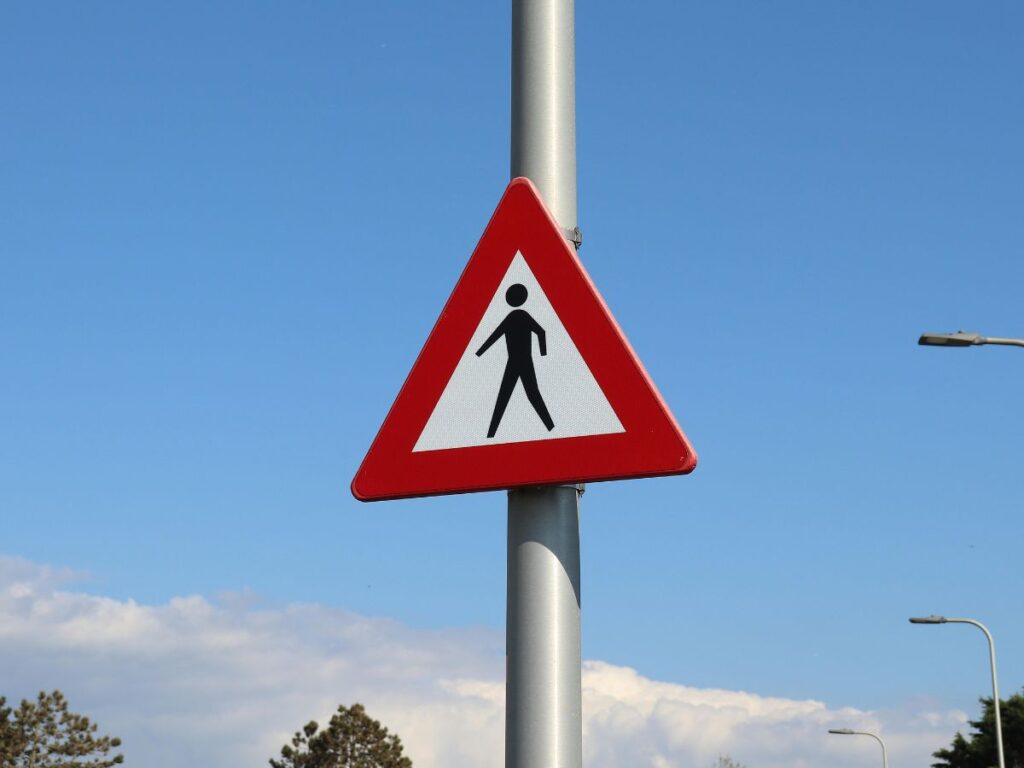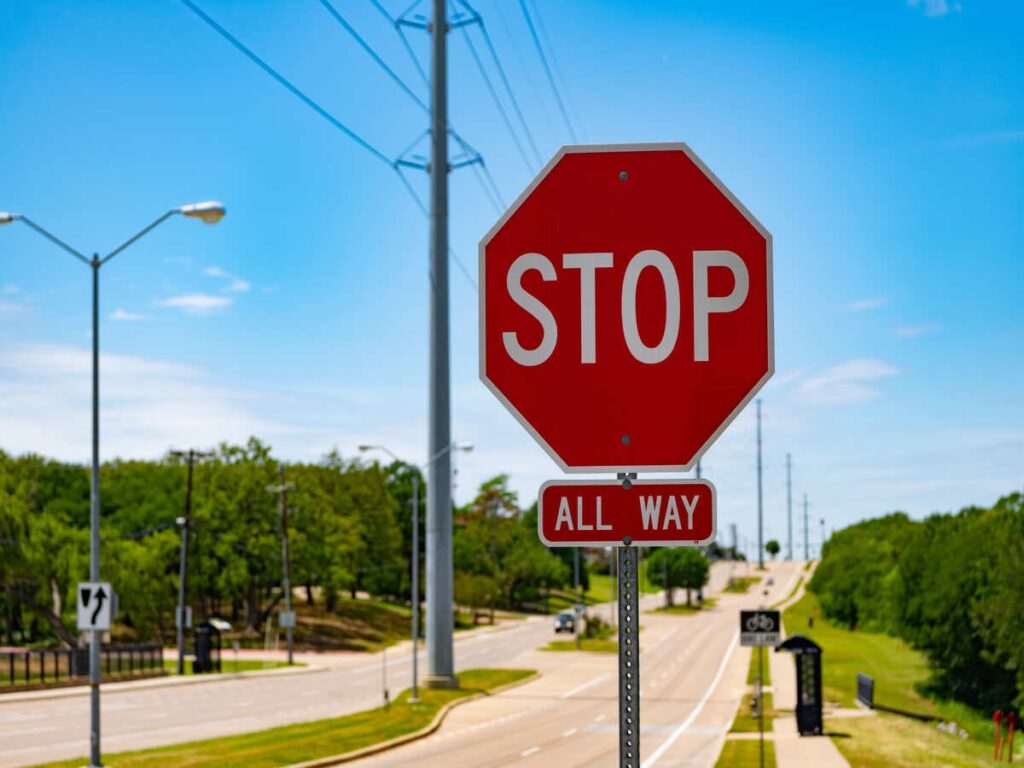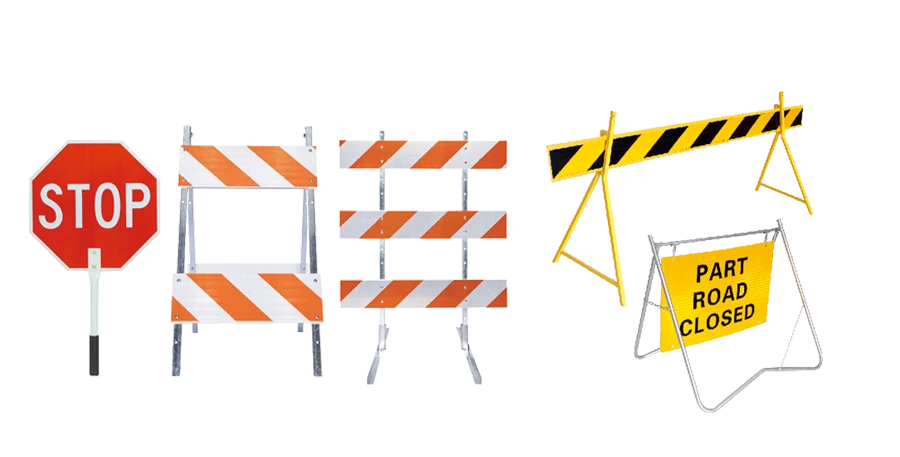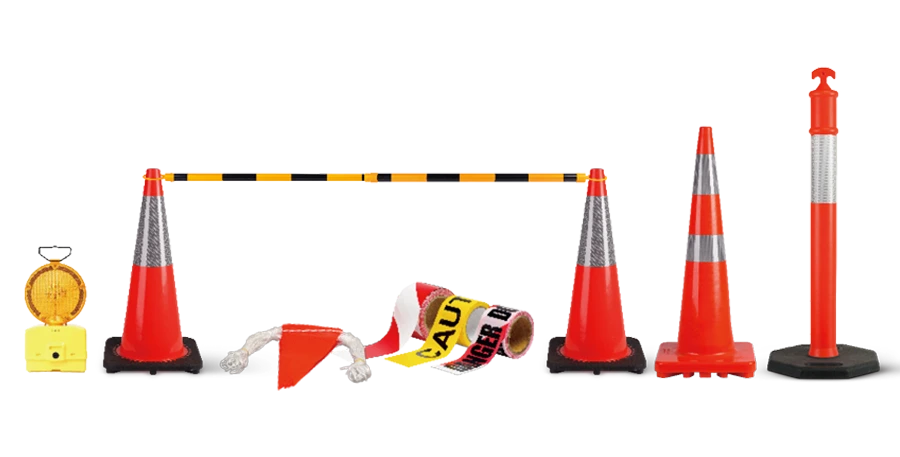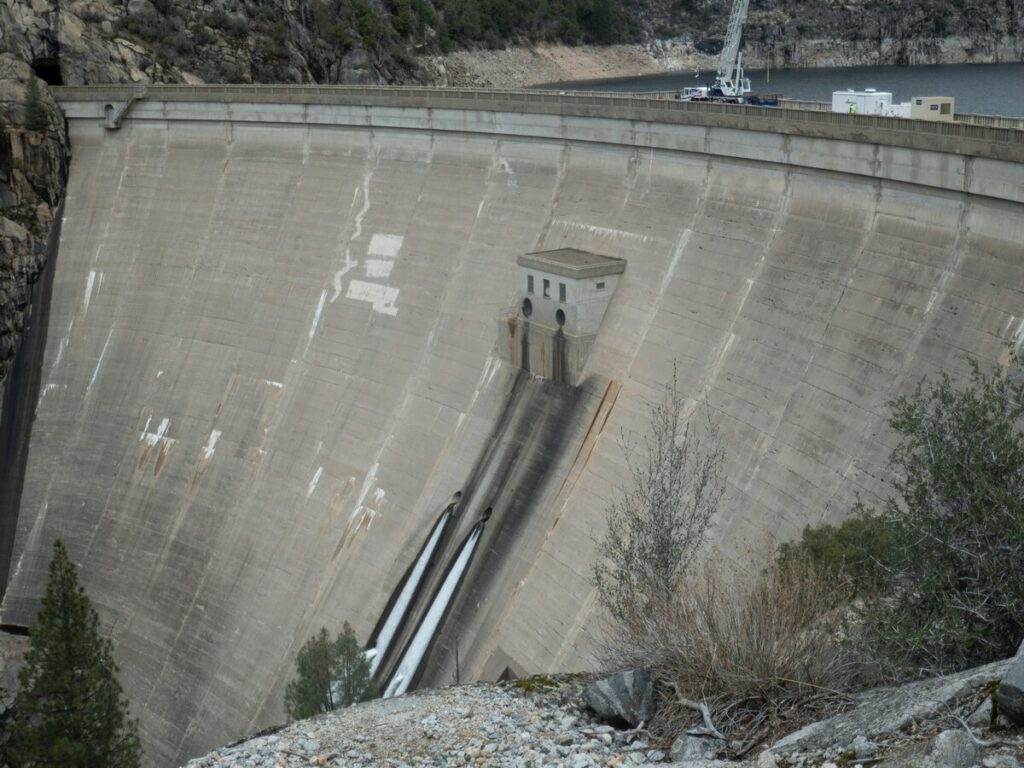
डैम रिमूवल प्रोजेक्ट्स में सुरक्षा महत्वपूर्ण भूमिका निभाती है. इन ऑपरेशनों में अक्सर तेज धाराएं शामिल होती हैं, चिकना तल, और गिरने वाले खतरों, उचित सावधानियां करना आवश्यक है. आप सुरक्षा बढ़ाने और जोखिम को कम करने के लिए कंस्ट्रक्शन रोड शंकु जैसे उपकरणों का उपयोग कर सकते हैं. ये शंकु स्पष्ट दृश्य मार्गदर्शन प्रदान करते हैं, श्रमिकों और पैदल यात्रियों की मदद करना खतरनाक क्षेत्रों को नेविगेट करता है. वे ऐसी बाधाएं भी पैदा करते हैं जो आकस्मिक घुसपैठ से बचाते हैं और प्रभावी ढंग से यातायात प्रवाह का प्रबंधन करते हैं. खतरनाक क्षेत्रों को चिह्नित करके और आंदोलन का मार्गदर्शन करके, ट्रैफ़िक शंकु शामिल सभी के लिए एक सुरक्षित वातावरण सुनिश्चित करें.
बांध हटाने की परियोजनाओं का परिचय
बांध की बढ़ती चुनौती
बांध हटाने की परियोजनाएँ उम्र बढ़ने के बुनियादी ढांचे के रूप में अधिक सामान्य हो रहे हैं, पारिस्थितिक तंत्र और समुदायों के लिए जोखिम पैदा करते हैं. अकेले संयुक्त राज्य अमेरिका में, हजारों बांध अपने कार्यात्मक जीवनकाल के अंत के पास हैं. इन संरचनाओं को कम करने के लिए कई चुनौतियां शामिल हैं जिनके लिए सावधानीपूर्वक योजना और निष्पादन की आवश्यकता होती है.
आपको बांध के आकार और इसके impoundment जैसे कारकों पर विचार करना चाहिए, इसके साथ ही भौगोलिक सेटिंग. शहरी क्षेत्र अक्सर ग्रामीण स्थानों की तुलना में अद्वितीय कठिनाइयों को प्रस्तुत करते हैं. संग्रहीत तलछट और इसके संदूषण स्तर की मात्रा भी हटाने के प्रयासों को जटिल कर सकती है. संवेदनशील प्रजातियों या आस -पास के बुनियादी ढांचे को अतिरिक्त सावधानियों की आवश्यकता हो सकती है. पुनरुत्थान स्थल बहाली और क्षेत्रीय अनुमति आवश्यकताएँ आगे की जटिलता जोड़ें.
हितधारक सगाई एक और महत्वपूर्ण पहलू है. प्रभावित पार्टियों की पहचान करना और उन्हें निर्णय लेने में शामिल करना चिकनी परियोजना निष्पादन सुनिश्चित करता है. सामाजिक-आर्थिक आयाम, जैसे कि स्थानीय विरोध या समर्थन, समयसीमा और परिणामों को प्रभावित कर सकते हैं. इनमें से प्रत्येक चुनौतियां डैम डिकॉमिशनिंग के लिए एक व्यापक दृष्टिकोण की आवश्यकता पर प्रकाश डालती हैं.
बांध हटाने में सुरक्षा क्यों प्राथमिकता है
बांध हटाने की परियोजनाओं के दौरान सुरक्षा हमेशा आपकी सर्वोच्च प्राथमिकता होनी चाहिए. ये ऑपरेशन श्रमिकों और जनता को कई जोखिमों के लिए उजागर करते हैं. इंटेक और स्पिलवे के पास तेज धाराएं खतरनाक स्थिति पैदा कर सकती हैं. गेट संचालन के दौरान जल स्तर और प्रवाह में परिवर्तन से अप्रत्याशित खतरे हो सकते हैं. फिसलन सतहों और ऊंचाइयों में गिरावट की संभावना बढ़ जाती है. इसके अतिरिक्त, साइट पर यांत्रिक और विद्युत घटक आकस्मिक संपर्क के जोखिमों को कम करते हैं.
आपको हटाने की प्रक्रिया के दौरान डाउनस्ट्रीम बाढ़ की क्षमता पर भी विचार करने की आवश्यकता है. एक बांध को हटाने से भयावह विफलता का खतरा समाप्त हो जाता है, यह अस्थायी खतरों का परिचय देता है जिन्हें शमन की आवश्यकता होती है. निर्माण सड़क शंकु जैसे उपकरण सुरक्षा बनाए रखने में महत्वपूर्ण भूमिका निभाते हैं. वे आपको खतरनाक क्षेत्रों को चिह्नित करने में मदद करते हैं, यातायात का मार्गदर्शन करें, और आस -पास के क्षेत्रों को मलबे से बचाएं. सुरक्षा को प्राथमिकता देकर, आप शामिल सभी के लिए एक सफल और सुरक्षित परियोजना सुनिश्चित कर सकते हैं.
बांध हटाने की सुरक्षा में निर्माण सड़क शंकु की भूमिका

खतरनाक क्षेत्रों को चिह्नित करना
आप बांध हटाने की परियोजनाओं में स्पष्ट रूप से खतरनाक क्षेत्रों को परिभाषित करने के लिए निर्माण सड़क शंकु का उपयोग कर सकते हैं. ये निर्माण सड़क शंकु दृश्य मार्कर के रूप में कार्य करते हैं, श्रमिकों और आगंतुकों को बचने के लिए क्षेत्रों की पहचान करने में मदद करना. वे विशेष रूप से कार्य क्षेत्रों को चिह्नित करने और विध्वंस साइटों के आसपास सीमाओं को निर्धारित करने में प्रभावी हैं. यह सुनिश्चित करता है कि हर कोई संभावित खतरों से अवगत रहे, दुर्घटनाओं के जोखिम को कम करना.
उनकी प्रभावशीलता को अधिकतम करने के लिए, चिंतनशील कॉलर के साथ निर्माण सड़क शंकु चुनें. ये कम-प्रकाश स्थितियों के दौरान दृश्यता में सुधार करते हैं, उन्हें दिन और रात दोनों के उपयोग के लिए विश्वसनीय बनाना. उचित स्थान के लिए, इन चरणों का पालन करें:
- नौकरी के लिए उपयुक्त आकार और वजन के निर्माण सड़क शंकु का चयन करें.
- अंतरिक्ष निर्माण सड़क वाहनों और पैदल यात्रियों के लिए एक स्पष्ट रास्ता बनाने के लिए समान रूप से शंकु.
- विशिष्ट खतरों को उजागर करने के लिए अतिरिक्त शंकु का उपयोग करें, जैसे कि असमान इलाके या गिरते हुए मलबे.
- स्थिति निर्माण सड़क एक सुरक्षित बफर ज़ोन प्रदान करने के लिए कार्य क्षेत्र से काफी दूर शंकु.
इन प्रथाओं का पालन करके, आप सुरक्षा बढ़ा सकते हैं और साइट पर आदेश बनाए रख सकते हैं.
आस -पास के क्षेत्रों को खतरनाक मलबे से बचाना
बांध हटाने के दौरान, मलबे पास के क्षेत्रों के लिए एक महत्वपूर्ण खतरा पैदा कर सकता है. निर्माण सड़क शंकु आपको इन स्थानों की रक्षा करने वाले बफर ज़ोन स्थापित करने में मदद करती है. सीमाओं को चिह्नित करके, निर्माण सड़क शंकु मलबे को गैर-कार्य क्षेत्रों में फैलने से रोकते हैं, लोगों और संपत्ति दोनों की सुरक्षा करना.
प्रभावी बफर जोन बनाना, कमजोर वर्गों को अवरुद्ध करने के लिए निर्माण सड़क शंकुओं का उपयोग करें, जैसे पैदल यात्री पथ या आसन्न संरचनाएँ. अन्य सुरक्षा उपायों के साथ निर्माण सड़क शंकुओं को मिलाएं, जैसे बैरिकेड्स या चेतावनी संकेत, अतिरिक्त सुरक्षा के लिए. यह सुनिश्चित करने के लिए कि वे अपनी जगह पर बने रहें और स्पष्ट मार्गदर्शन प्रदान करते रहें, निर्माण सड़क शंकुओं का नियमित रूप से निरीक्षण करें.
निर्माण सड़क शंकुओं का रणनीतिक उपयोग करके, आप जोखिमों को कम कर सकते हैं और पूरे प्रोजेक्ट में एक सुरक्षित वातावरण बनाए रख सकते हैं. ओपीटीसंकेत ट्रैफ़िक शंकु उत्कृष्ट दृश्यता और स्थायित्व प्रदान करते हैं, खतरनाक क्षेत्रों के आसपास श्रमिकों और वाहनों को सुरक्षित रूप से मार्गदर्शन करने के लिए उन्हें आदर्श बनाना. अपने मजबूत डिज़ाइन और चिंतनशील विशेषताओं के साथ, ओपीटीसंकेत निर्माण सड़क शंकु यह सुनिश्चित करने में मदद करें कि सुरक्षा आपके निर्माण स्थल पर एक सर्वोच्च प्राथमिकता बनी हुई है.
बांध हटाने की परियोजनाओं के लिए निर्माण सड़क शंकु के विनिर्देश
ऊंचाई और आकार
सही ऊंचाई और आकार चुनना निर्माण सड़क शंकु के लिए बांध हटाने की परियोजनाओं के दौरान सुरक्षा सुनिश्चित करने के लिए आवश्यक है. दो सबसे आम आकार 28 इंच और 36 इंच के शंकु हैं. प्रत्येक आकार परियोजना की आवश्यकताओं के आधार पर विशिष्ट उद्देश्यों को पूरा करता है:
| विनिर्देश | 28-इंच शंकु | 36-इंच शंकु |
|---|---|---|
| ऊंचाई | 28 इंच | 36 इंच |
| चिंतनशील कॉलर चौड़ाई | 6 इंच | 6 इंच |
| चिंतनशील कॉलर प्लेसमेंट | 3-4 ऊपर से इंच | 3-4 ऊपर से इंच |
| उपयुक्त अनुप्रयोग | शहरी सेटिंग्स, कम गति | राजमार्ग निर्माण, उच्च गति |
- 28-इंच शंकु शहरी क्षेत्रों या छोटी परियोजनाओं में अच्छी तरह से काम करते हैं जहां वाहन की गति कम होती है.
- 36-इंच शंकु बड़े पैमाने पर परियोजनाओं या उच्च गति वाले क्षेत्रों के लिए बेहतर हैं, अधिक दृश्यता की पेशकश.
- दोनों आकारों में कम-प्रकाश स्थितियों में दृश्यता बढ़ाने के लिए चिंतनशील कॉलर शामिल हैं.
उपयुक्त आकार का चयन करना यह सुनिश्चित करता है कि शंकु यातायात का मार्गदर्शन करने और खतरनाक क्षेत्रों को चिह्नित करने में प्रभावी रहें.
रंग और चिंतनशील गुण
निर्माण सड़क शंकु के रंग और चिंतनशील गुण दृश्यता बनाए रखने में महत्वपूर्ण भूमिका निभाते हैं. नारंगी और पीले जैसे चमकीले रंग ज्यादातर पृष्ठभूमि के खिलाफ खड़े होते हैं, उन्हें स्पॉट करना आसान है. चिंतनशील सामग्री आगे उनकी प्रभावशीलता को बढ़ाती है, विशेषकर कम रोशनी की स्थिति में.
- निर्माण शंकु पर चिंतनशील स्ट्रिप्स या कोटिंग्स रात में या खराब रोशनी वाले क्षेत्रों में दृश्यता को बढ़ावा देते हैं.
- ये सामग्रियां अपने स्रोत की ओर प्रकाश को वापस दर्शाती हैं, निर्माण शंकु सुनिश्चित करना ध्यान देने योग्य है 24/7.
जीवंत रंगों और चिंतनशील सुविधाओं के साथ शंकु का उपयोग करके, आप घड़ी के आसपास सुरक्षा सुनिश्चित कर सकते हैं, यहां तक कि चुनौतीपूर्ण प्रकाश की स्थिति में.
स्थायित्व और सामग्री
बांध हटाने की परियोजनाओं के लिए निर्माण सड़क शंकु का चयन करते समय स्थायित्व एक महत्वपूर्ण कारक है. इन निर्माण शंकु को कठोर वातावरण का सामना करना होगा और दबाव में अपने आकार को बनाए रखना चाहिए. उपयोग की जाने वाली सामान्य सामग्रियों में पीवीसी शामिल है, पीई, रबड़, और ईवा. प्रत्येक सामग्री अद्वितीय लाभ प्रदान करती है:
| सामग्री | गुण | लाभ |
|---|---|---|
| पीवीसी | उच्च लचीलापन, अच्छा मौसम प्रतिरोध, विरोधी पराबैंगनी | टिकाऊ, अयोग्य, दबाव में आकार बनाए रखता है |
| पीई | रीसायकल, स्टैक करना आसान है | अंतरिक्ष सेविंग, लाइटवेट, अच्छी मौसम की क्षमता |
| रबड़ | कठिन, दबाव के लिए प्रतिरोधी | उत्कृष्ट स्थिरता, अत्यधिक तापमान में कोई दरार नहीं |
| ईवा | बाइओडिग्रेड्डबल, बिना गंध | पर्यावरण के अनुकूल, अच्छी तरह से रंग बरकरार रखता है |
- रबर शंकु उनकी स्थिरता और क्रूरता के कारण उच्च-यातायात क्षेत्रों के लिए आदर्श हैं.
- पीवीसी शंकु हल्के और परिवहन में आसान हैं, उन्हें लगातार स्थानांतरण के लिए उपयुक्त बनाना.
दोनों सामग्रियों को चरम मौसम की स्थिति को सहन करने के लिए डिज़ाइन किया गया है, दीर्घकालिक प्रयोज्य और विश्वसनीयता सुनिश्चित करना.
पोर्टेबिलिटी और उपयोग में आसानी
पोर्टेबिलिटी और उपयोग में आसानी निर्माण सड़क शंकु की आवश्यक विशेषताएं हैं, विशेष रूप से बांध हटाने की परियोजनाओं जैसे गतिशील वातावरण में. आपको ऐसे शंकु की आवश्यकता है जो परिवहन के लिए सरल हों, स्थापित करना, और परियोजना के आगे बढ़ने के रूप में रिपोजिशन. हल्के सामग्री, जैसे कि पीवीसी या पीई, स्थायित्व से समझौता किए बिना निर्माण शंकु को आसान बनाएं. यह आपको बदलती सुरक्षा जरूरतों को पूरा करने के लिए जल्दी से उनके प्लेसमेंट को समायोजित करने की अनुमति देता है.
बांध हटाने की परियोजनाओं में, पोर्टेबिलिटी और उपयोग में आसानी यह सुनिश्चित करती है कि सुरक्षा उपाय लचीले और प्रभावी रहें. सही निर्माण शंकु के साथ, आप परियोजना की मांगों को पूरा करते हुए एक सुरक्षित कार्य वातावरण बनाए रख सकते हैं.
बांध हटाने की परियोजनाओं में निर्माण सड़क शंकु का उपयोग करने के लिए सर्वोत्तम अभ्यास
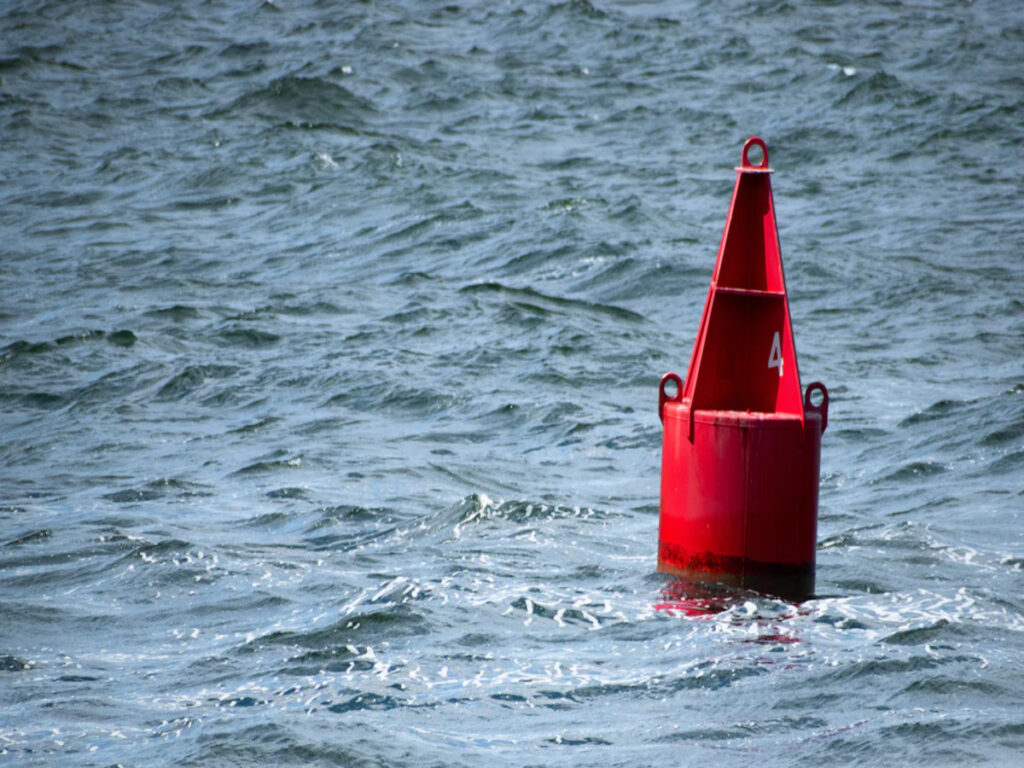
शंकु का उचित स्थान
निर्माण सड़क शंकु को सही ढंग से रखने से बांध हटाने की परियोजनाओं के दौरान अधिकतम सुरक्षा सुनिश्चित होती है. कम से कम शंकु की स्थिति से शुरू करें 1000 कार्य क्षेत्र से पैर. यह ड्राइवरों को उनकी गति को समायोजित करने के लिए पर्याप्त समय देता है. आगामी निर्माण क्षेत्र के बारे में उन्हें सचेत करने के लिए संकेतों का उपयोग करें. जैसा कि आप कार्य क्षेत्र के पास जाते हैं, सावधानी की आवश्यकता का संकेत देने के लिए शंकु को एक साथ रखें.
निर्माण सुरक्षा शंकु स्थापित करते समय हमेशा आने वाले यातायात का सामना करें. यह दृश्यता में सुधार करता है और उचित संरेखण सुनिश्चित करता है. की न्यूनतम रिक्ति बनाए रखें 30 एक स्पष्ट रास्ता बनाने के लिए शंकु के बीच पैर. उच्च गति वाले क्षेत्रों के लिए, शंकु को कम से कम रखें 200 पर्याप्त चेतावनी प्रदान करने के लिए कार्य क्षेत्र से पैर. विशिष्ट खतरों को उजागर करने के लिए अतिरिक्त निर्माण सुरक्षा शंकु का उपयोग करें, जैसे कि असमान इलाके या गिरते हुए मलबे.
अन्य सुरक्षा उपायों के साथ यातायात शंकु का संयोजन
अन्य सुरक्षा उपकरणों के साथ ट्रैफ़िक शंकु का संयोजन समग्र साइट सुरक्षा को बढ़ाता है. बहुस्तरीय सुरक्षा प्रणाली बनाने के लिए बैरिकेड्स और चेतावनी संकेतों के साथ शंकु का उपयोग करें. यह दृष्टिकोण श्रमिकों और आगंतुकों के लिए खतरों का स्पष्ट संचार सुनिश्चित करता है.
रात के उपयोग के लिए उच्च दृश्यता के साथ निर्माण सुरक्षा शंकु चुनें. उनके चिंतनशील गुण अतिरिक्त प्रकाश व्यवस्था की आवश्यकता को कम करते हैं, समय और संसाधन की बचत. अतिरिक्त कर्मियों की आवश्यकता के बिना कुशलता से यातायात को पुनर्निर्देशित करने के लिए निर्माण सुरक्षा शंकु का उपयोग करें. यह आपको साइट पर ऑर्डर बनाए रखते हुए अन्य महत्वपूर्ण सुरक्षा कार्यों पर ध्यान केंद्रित करने की अनुमति देता है.
नियमित निरीक्षण और रखरखाव
नियमित निरीक्षण पूरे परियोजना में निर्माण सड़क शंकु प्रभावी रखते हैं. क्षति के लिए निर्माण सुरक्षा conesdaily की जाँच करें, जैसे कि दरारें या लुप्त होती. किसी भी शंकु को बदलें जो अब दृश्यता मानकों को पूरा नहीं करते हैं. सुनिश्चित करें कि शंकु अपने निर्दिष्ट पदों पर बने रहें, विशेष रूप से भारी हवाओं या वाहन प्रभावों के बाद.
स्वच्छ निर्माण सुरक्षा अपने चिंतनशील गुणों को बनाए रखने के लिए समय -समय पर शंकु. गंदगी और मलबे दृश्यता को कम कर सकते हैं, विशेषकर कम रोशनी की स्थिति में. नियमित रूप से शंकु का निरीक्षण और रखरखाव करके, आप सुनिश्चित करते हैं कि वे विश्वसनीय सुरक्षा मार्गदर्शन प्रदान करना जारी रखें.
बांध हटाने के लिए पर्यावरण और सुरक्षा विचार
पर्यावरणीय प्रभाव को कम करना
बांध हटाने की परियोजनाएं महत्वपूर्ण पारिस्थितिक लाभ ला सकती हैं, लेकिन आपको अल्पकालिक पर्यावरणीय प्रभावों को संबोधित करना चाहिए. निर्माण गतिविधियाँ धारा पारिस्थितिकी को परेशान कर सकती हैं और तलछट को जुटा सकती हैं. ये गड़बड़ी अस्थायी रूप से जलीय आवासों को प्रभावित कर सकती हैं. तथापि, दीर्घकालिक लाभ अक्सर इन चुनौतियों से आगे निकल जाते हैं. एक बांध को हटाने से प्राकृतिक जल प्रवाह बहाल होता है, मछली के प्रवास में सुधार करता है, और उनके अपस्ट्रीम निवास स्थान को कम करके आक्रामक प्रजातियों को सीमित करता है.
पर्यावरणीय प्रभावों को कम करने के लिए, आपको सर्वश्रेष्ठ प्रबंधन प्रथाओं को अपनाना चाहिए. तलछट जुटाना और कटाव को नियंत्रित करने पर ध्यान दें. डाउनस्ट्रीम प्रवाह और हाइड्रोलिक्स के पेशेवर मूल्यांकन आपको संभावित मुद्दों की भविष्यवाणी और कम करने में मदद कर सकते हैं. परियोजना के दौरान और बाद में व्यवस्थित निगरानी यह सुनिश्चित करती है कि पारिस्थितिक वसूली अपेक्षित रूप से आगे बढ़ती है. यह दृष्टिकोण आपको किसी भी अप्रत्याशित चुनौतियों को तुरंत संबोधित करने की अनुमति देता है.
पर्यावरणीय नुकसान को कम करने के लिए यहां कुछ प्रमुख रणनीतियाँ दी गई हैं:
- अशांत क्षेत्रों को स्थिर करने के लिए कटाव नियंत्रण उपायों का उपयोग करें.
- डाउनस्ट्रीम संचय को रोकने के लिए तलछट आंदोलन की निगरानी करें.
- जलीय प्रजातियों के लिए संवेदनशील मौसमों से बचने के लिए निर्माण गतिविधियों की योजना बनाएं.
- जल प्रवाह में परिवर्तन का आकलन करने और प्रबंधित करने के लिए विशेषज्ञों को संलग्न करें.
इन प्रथाओं को प्राथमिकता देकर, आप यह सुनिश्चित कर सकते हैं कि आपका प्रोजेक्ट सुरक्षा और पारिस्थितिक बहाली दोनों का समर्थन करता है.
कानूनी और नियामक अनुपालन
किसी भी बांध हटाने की परियोजना के लिए कानूनी और नियामक आवश्यकताओं को पूरा करना आवश्यक है. आपको अपने से परामर्श करना चाहिए राज्य बांध सुरक्षा नियामक कार्यालय विशिष्ट दिशानिर्देशों को समझने के लिए. संघीय प्राप्त करना, राज्य, और स्थानीय परमिट एक महत्वपूर्ण कदम है. ये परमिट सुनिश्चित करते हैं कि आपका प्रोजेक्ट पर्यावरण और सुरक्षा मानकों का अनुपालन करता है.
अनुमोदन प्रक्रिया में सार्वजनिक सुनवाई एक महत्वपूर्ण भूमिका निभाती है. नियामक एजेंसियों और समुदाय की चिंताओं को दूर करने के लिए आपको इन सुनवाइयों में भाग लेना चाहिए. निष्कासन प्रक्रिया के लिए विस्तृत योजनाएँ और विशिष्टताएँ तैयार करना सुरक्षा और अनुपालन के प्रति आपकी प्रतिबद्धता को दर्शाता है.
प्रमुख कानूनी विचारों में शामिल हैं:
- बाढ़ क्षेत्र के प्रभाव का आकलन करना.
- राज्य-विनियमित आर्द्रभूमि पर संभावित प्रभावों का मूल्यांकन.
- खतरे या लुप्तप्राय प्रजातियों पर प्रभावों का आकलन करना.
इन चरणों का पालन करके, आप नियामक परिदृश्य को प्रभावी ढंग से नेविगेट कर सकते हैं. अनुपालन न केवल परियोजना की मंजूरी सुनिश्चित करता है, बल्कि हितधारकों और जनता के साथ विश्वास भी बनाता है.
बांध हटाने की परियोजनाओं के दौरान सुरक्षा बनाए रखने में ट्रैफ़िक शंकु महत्वपूर्ण भूमिका निभाते हैं. वे श्रमिकों से दूर वाहनों का मार्गदर्शन करके और खतरनाक क्षेत्रों को चिह्नित करके एक सुरक्षित वातावरण बनाते हैं. उनकी चिंतनशील विशेषताएं सभी स्थितियों में दृश्यता सुनिश्चित करती हैं, दोनों श्रमिकों और ड्राइवरों के लिए सुरक्षा बढ़ाना. शंकु के उचित प्लेसमेंट और रिक्ति ड्राइवरों को अपनी गति को समायोजित करने के लिए पर्याप्त चेतावनी प्रदान करते हैं, दुर्घटनाओं के जोखिम को कम करना.
आप आज्ञाकारी ट्रैफ़िक शंकु का उपयोग करके नियामक आवश्यकताओं को भी पूरा करते हैं. ये शंकु राष्ट्रीय और स्थानीय सुरक्षा मानकों का पालन करते हैं, कार्य क्षेत्र सुनिश्चित करना सुरक्षित और कानूनी रूप से संरक्षित रहता है. अपनी सुरक्षा रणनीति के हिस्से के रूप में ट्रैफ़िक शंकु को अपनाना खतरनाक जागरूकता सुनिश्चित करता है, कुशल यातायात प्रबंधन, और सुरक्षा नियमों का अनुपालन.
